Despite refreshes or redesigns for almost every product under Apple's umbrella in 2013, even more excitement is expected from Cupertino in 2014 with rumors pointing toward potential forays into television sets and wearable devices alongside larger displays for iPhones and iPads.
During Apple's quarterly results call last April, CEO Tim Cook promised that the company had "a lot more surprises in the works" that would come to light in "the fall [of 2013] and all of 2014." What seemed at the time like a line designed to reassure investors following Apple's first year-over-year earnings decline in over a decade has, instead, proved prophetic.
Last fall brought a flurry of releases from Cupertino, including a second new iPhone model for the first time ever, a radical redesign for the venerable Mac Pro, the ultra-thin and light iPad Air, new Haswell-based MacBook Pros, a Retina display-equipped iPad mini, the 64-bit A7 processor, biometric security with Touch ID, a new iWork suite, and the revelation that OS X Mavericks would be offered for free.
Only the MacBook Air and Mac Mini survived autumn without so much as a tweak. With those recent eye-openers in mind, here is what the rumor mill has in store for Apple this year:
iWatch
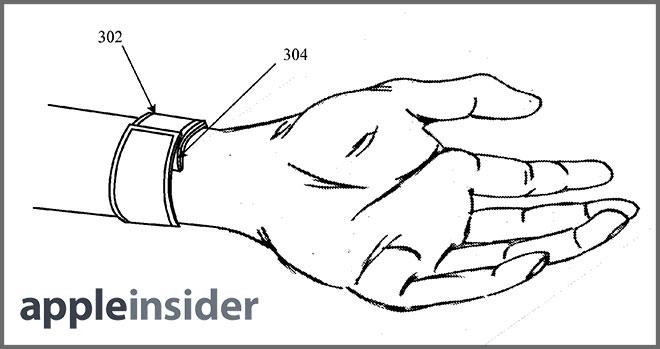
AppleInsider was first to discover an Apple patent filing describing a watch design with flexible display.
Whispers of an Apple-branded smart watch began surfacing in earnest just over one year ago with a report that Apple and Intel were collaborating on such a device. The so-called "iWatch" was a no-show in 2013, and the public's furor for the wrist-worn gadget has only intensified in the interim.
Most accounts agree that the iWatch will sport an OLED display, though some believe it will instead feature touchscreen technology similar to that found on the current-generation iPod nano. In either case, the display's size is expected to be between 1.5 and 2 inches on the diagonal.
Well-connected analyst Ming-Chi Kuo of KGI Securities, one of the most reliable predictors of Apple's future products, believes the iWatch will contain advanced biometric capabilities — Â an assertion backed up by Apple's recent hiring of experts in the field of non-intrusive medical sensors — and function as a standalone device. Most others see the iWatch as a companion to Apple's iOS devices in the same vein as Samsung's Galaxy Gear.
Apple is believed to have a team of more than 100 working on the iWatch and has brought in some heavyweight industry veterans for the project. Paul Deneve, former CEO of French fashion house Yves Saint Laurent, Nike FuelBand consultant and fitness expert Jay Blahnik, and Nike design director Ben Shaffer have all made moves to Cupertino in recent months and are thought to be involved with Apple's wearable.
More concrete evidence of the project's existence turned up in a string of "iWatch" trademark filings attributed to Apple in Mexico, Taiwan, Russia, and Japan last summer.
If Apple does eventually ship the iWatch, most believe it will make its debut in the latter half of 2014. Analysts have predicted that Apple could move up to 65 million devices in its first year.
iPhone 6
Thanks to Apple's predictable iPhone refresh cycle, gossip of what next year's device will bring often begins before the ink on this year's promotional posters is dry. The so-called "iPhone 6" is no exception.
The focus of most rumors swirling around Apple's next-generation handset is the device's display. Analysts are almost unanimous in their belief that the iPhone 6 will come with a larger screen, but the display's exact size and type are the subjects of much debate.
Many think the upcoming revision will be the time when Apple finally embraces OLED displays for the iPhone, but Cook threw cold water on that fire last February when he panned the technology's color reproduction capability. He did, however, leave open the possibility of a larger LCD.
Most speculation centers on an increase to between 4.5 and 5.5 inches from the iPhone's current 4-inch diagonal measurement. Kuo, the aforementioned Apple prognosticator, believes the 4.5-inch end of the range is more likely due to Apple's "unwavering principle of one-hand use."
Apple is also said to be exploring curved glass displays that could wrap around the device's edges, as well as the addition of new pressure-sensitive layers.
No matter the final form factor, a next-generation A-series processor — Â likely the A8 — Â is predicted to power the device that should be released next fall.
iPad Pro
Compared to other potential Apple products, little speculation surrounds the so-called "iPad Pro." The plus-sized tablet is expected to sport an ultra-high-definition 12.9-inch display, but no other details have emerged even as whispers have appeared in outlets like the Wall Street Journal.
Some say longtime Apple supplier Quanta Computer has been tabbed as Cupertino's assembly partner for the device, and a "first-tier display supplier" out of Korea is believed to have begun readying production lines for the iPad Pro's display. Others have pegged Quanta's rival Taiwanese contract manufacturer Foxconn for the assembly role.
Like the iWatch and iPhone 6, the iPad Pro is said to be slated for release in the second half of 2014.
iTV
Rumbles of an Apple-branded television set have been all over the map for nearly a decade, and they only grew stronger after late Apple founder Steve Jobs was quoted in his biography as saying he had "finally cracked" the concept. "It will have the simplest user interface you could imagine," he is said to have told biographer Walter Isaacson.
Many now believe that rather than attempting to break into the relatively low-margin television hardware business, Apple will make their move in the form of a set-top box similar to the existing Apple TV. In this way, the company can focus on areas of strength, namely content and user experience, while relegating the set itself to a "dumb" display.
To facilitate this strategy, the company has reportedly begun engaging directly with content owners like ESPN, HBO, and Viacom, bypassing traditional cable companies. One report even suggests that Apple may be prepared to become a virtual cable company itself.
Apple's acquisition of PrimeSense, an Israeli startup that made the technology behind Microsoft's first-generation Kinect sensor, late last year has fueled speculation that future Apple TV units could make use of gesture and voice controls rather than hardware remotes or iOS-based remote applications. Apple could also keep the hardware remote option available for a future Apple TV app store that would bring iOS-style apps to users' televisions.
One industry analyst believes that while Apple was planning to launch a television set in the second half of 2014, those plans have been temporarily shelved in favor of the iWatch initiative.
 Shane Cole
Shane Cole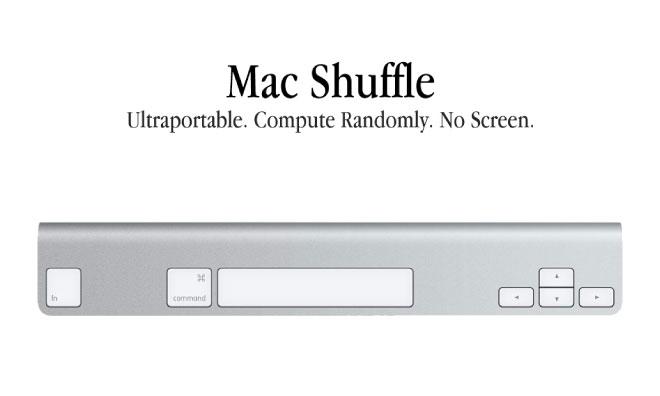
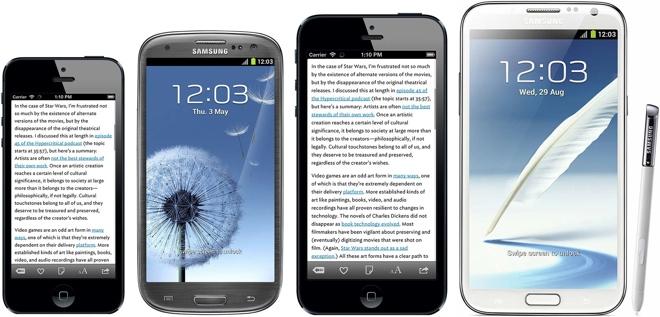
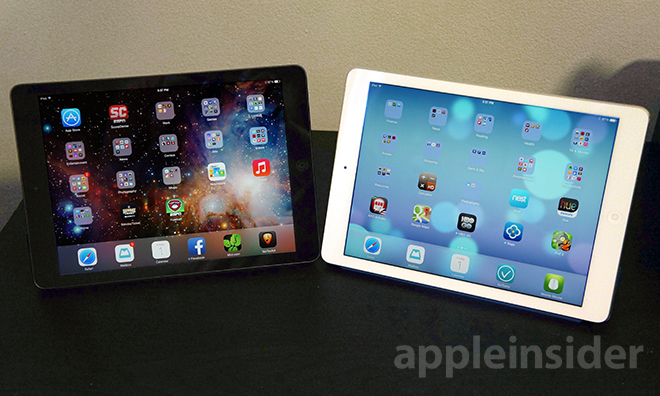
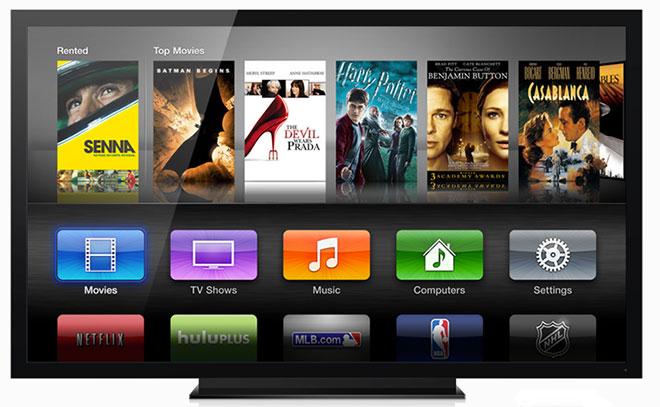

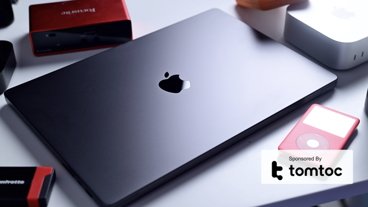
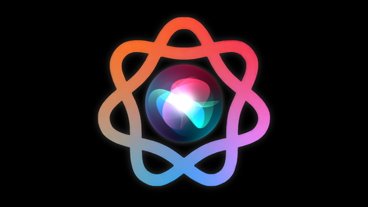

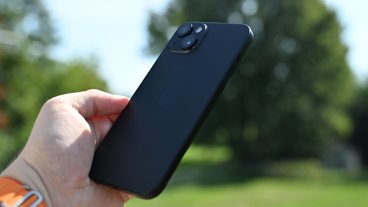

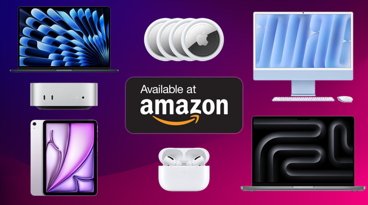






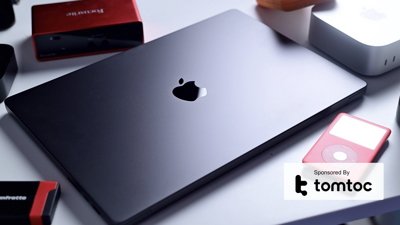
 Andrew O'Hara
Andrew O'Hara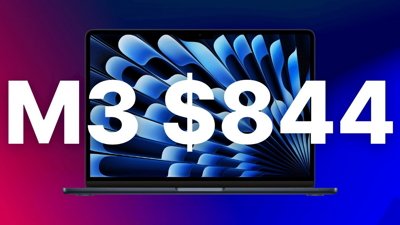
 Malcolm Owen
Malcolm Owen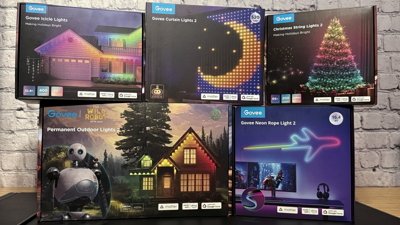
 Wesley Hilliard
Wesley Hilliard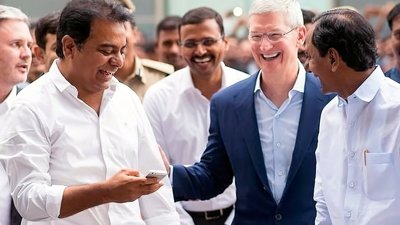
 William Gallagher
William Gallagher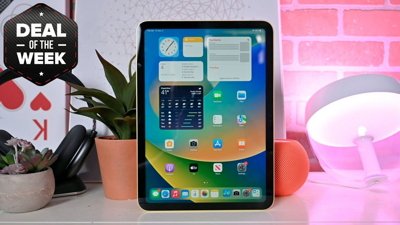
 Christine McKee
Christine McKee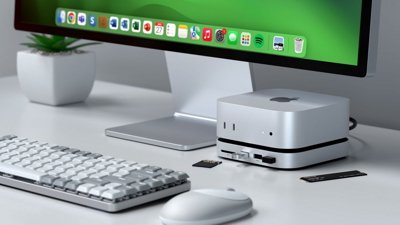
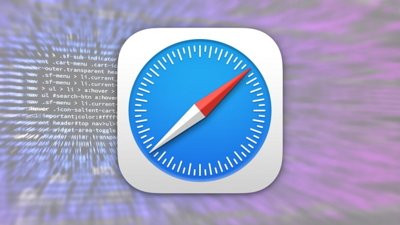


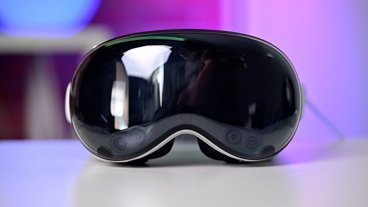
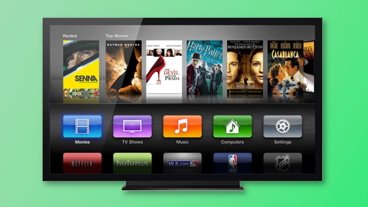






57 Comments
Good article. I like the headline, very DEDesque.
The iPhone 6 will be available in an additional size of 4.6 or 4.7" - and no larger.
??? … Analysts are almost unanimous in their belief that the iPhone 6 will come with a larger screen, …??? Analysts are afraid of accepting their ignorance. Which is very very very Bad. Go ahead anal [I]ysts[/I] - say it : --- We were wrong. And NO, not like a broken watch.
So considering that Tim Cook himself said they have things in the works for all of 2014, I think it odd that Appleinsider for everything mentioned in this article says latter half or fall of 2014 for iwatch, iPad xl, iPhone 6, iTV. Not to mention that these things have been rumored for a long time. So what is rumored to be released in the first half please? I don't think Tim Cook would have said what he said if yet again the whole first 3 quarters of the year is going to be dry again. I don't know about anyone else, but I really thought it was disappointing to wait essentially a year/ all of 2013 for Apple to release anything new. I think Tim Cook is doing a good job and I'm not trying to knock him, but I don't think this would flown with Steve Jobs. He would likely be cracking the whip and making sure as hell it wasn't a whole year for any new releases or upgrades. I think the watch will largely take the place of the iPod nano and shuffle, but since this elusive watch is taking a long time to materialize, it would have been nice if Apple still paid attention to the nano and updated it. It has been ignored for a few years and it has been years and even longer since they increased the memory. So until they release the iwatch I think they shouldn't ignore the nano... It seems like the rumor mill has been rather weak and stale for a long time. I guess Apple has been holding it's secrets well. After seeing some rumors that got my hopes up, I was somewhat disappointed that the new iPads didn't have touch ID and am hoping it doesn't take them a whole year to add it. Am hoping for a larger screen iPhone in the spring. After having larger screen iPhones circulating for a long time I was disappointed not to see it in the fall. I actually thought they were going to arrive with the iPhone 4 and then surely with the 4s, but still no... Making the screen taller was sort of a let down too with the 5, it's too tall and narrow to me. So I'm still waiting...
I think Tim Cook is doing a good job and I'm not trying to knock him, but I don't think this would flown with Steve Jobs. He would likely be cracking the whip and making sure as hell it wasn't a whole year for any new releases or upgrades.
Not true... "Steve Jobs stated during his keynote presentation that the Power Mac G5 would reach 3 GHz "within 12 months." This would never come to pass; after three years, the G5 only reached 2.7 GHz (or dual-core at 2.5 GHz)..." This 'flown' with Steve Jobs because at the time no choice and stuff happens. I guess that's when Intel chips started to look good. - http://en.wikipedia.org/wiki/Power_Mac_G5